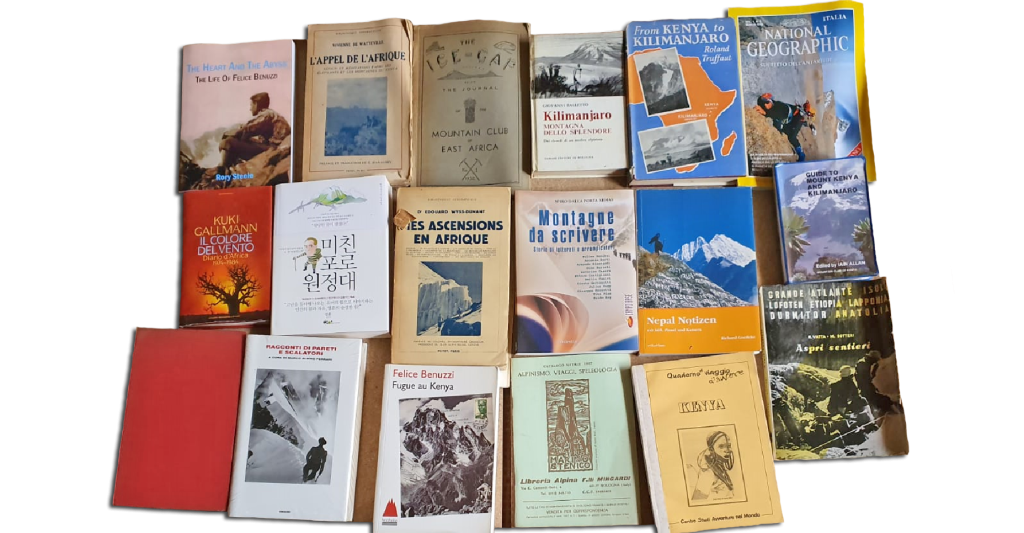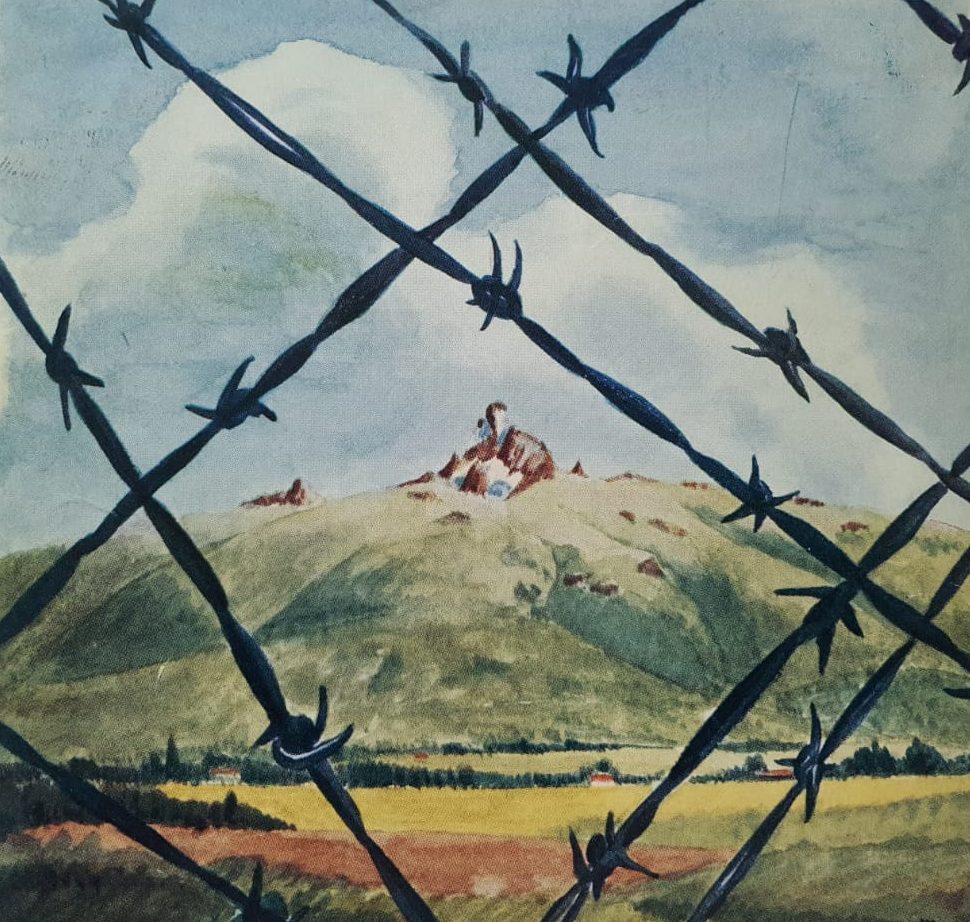
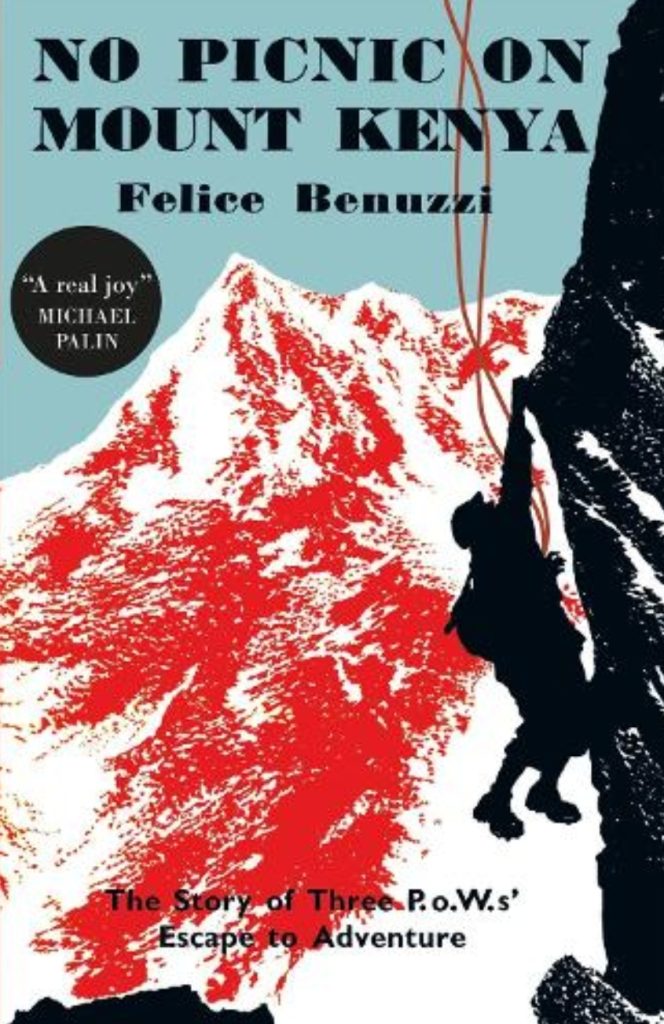
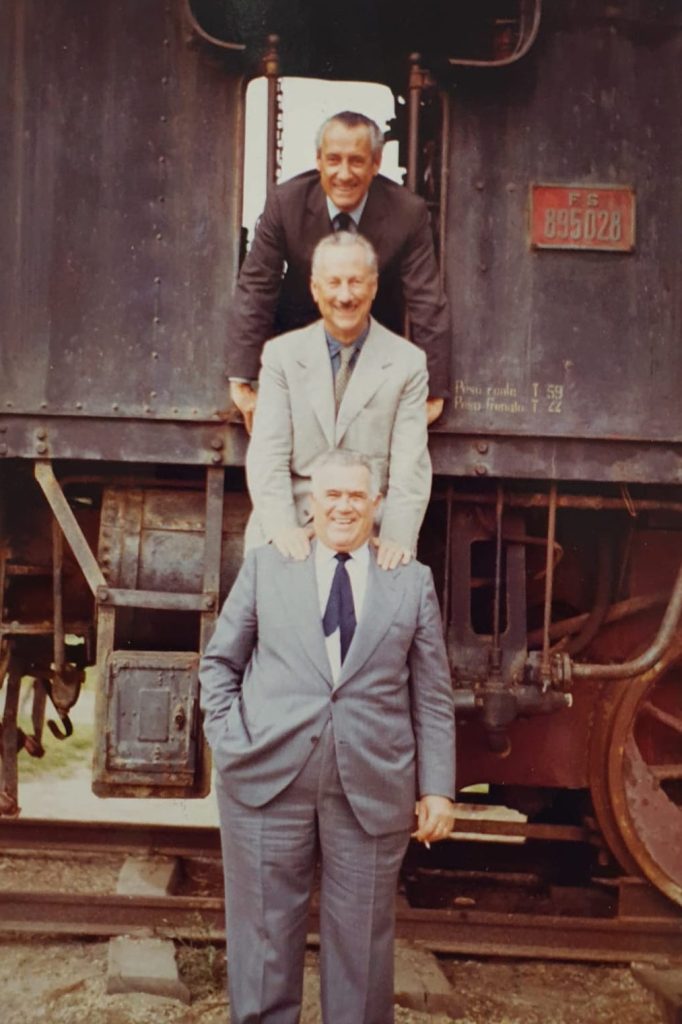
In 1943 three Italian prisoners of war, Felice Benuzzi, Giovanni Balletto and Vincenzo Barsotti escaped from a British prison camp in Nanyuki, Kenya with a single purpose in mind: to climb the imposing and difficult 5,199m Mount Kenya and return unnoticed to their prison camp.
Felice and his companions prepared their escape for months, secretly building ingenious crampons, ice axes and ropes with which to face the uncertain climb. Unarmed, with hardly any provisions and without maps or references, they entered the African jungle with its wild animals wanting to conquer the mountain of their dreams.
No Picnic on Mount Kenya is not only the exciting story of an incredible adventure, it is also a clear testimony of human spirit in search of freedom, always ready to recover dignity.
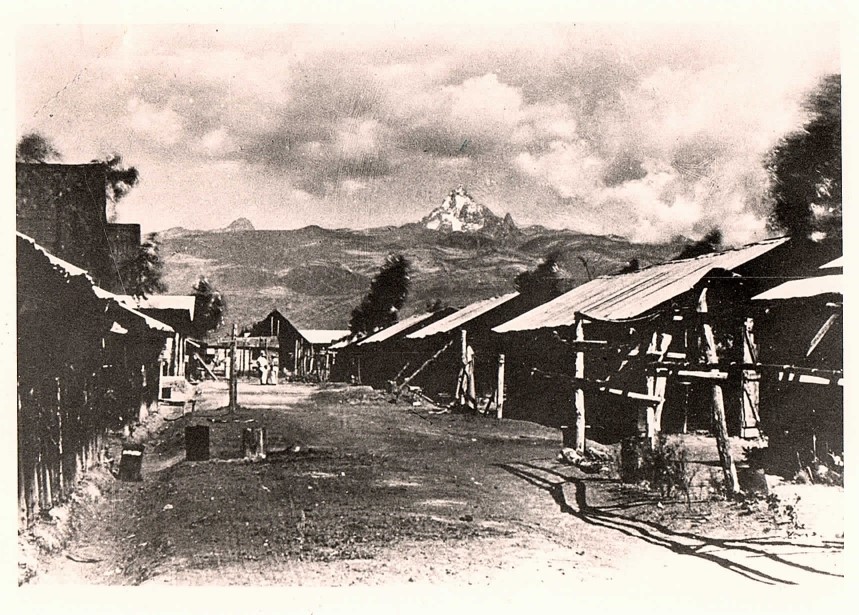
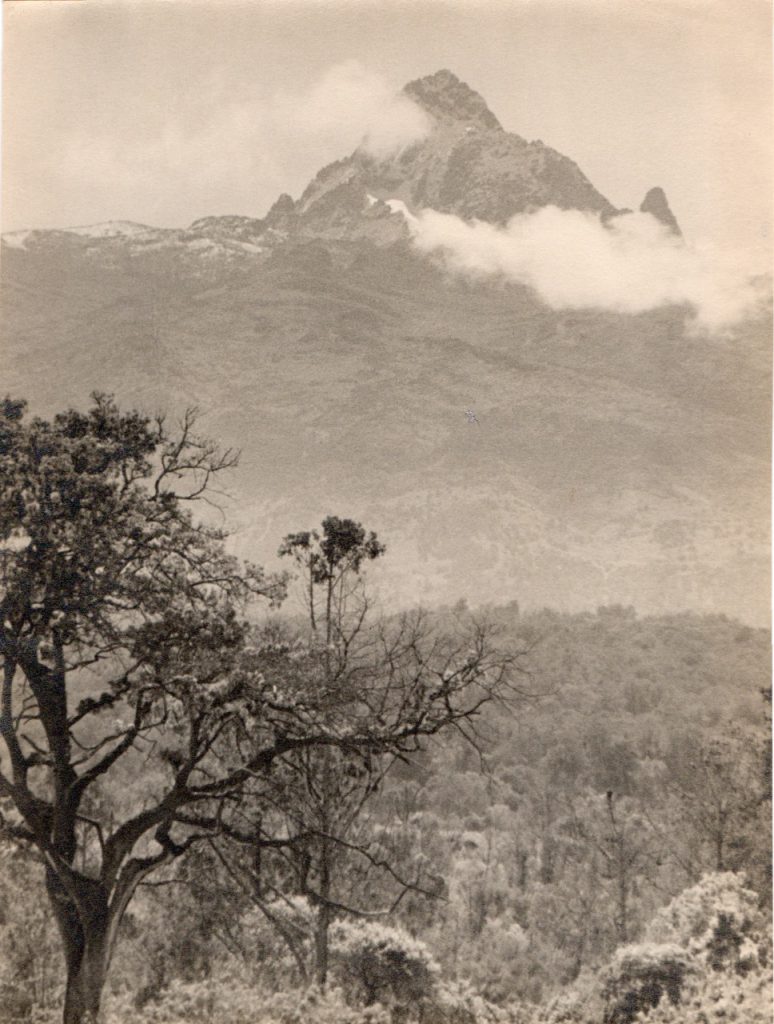
Choose the language of the book and access:
Felice Benuzzi was born in Vienna in 1910 to a family of Italian mountaineers, an athlete, a lover of mountaineering and an accomplished swimmer who represented Italy in several international meetings from 1933 to 1935. In 1935 he graduated in Law in Rome, Italy.
In 1938 he entered the Colonial Service and began serving in Ethiopia where he was captured and imprisoned in a prisoner of war camp in Kenya, at the foot of Mount Kenya.
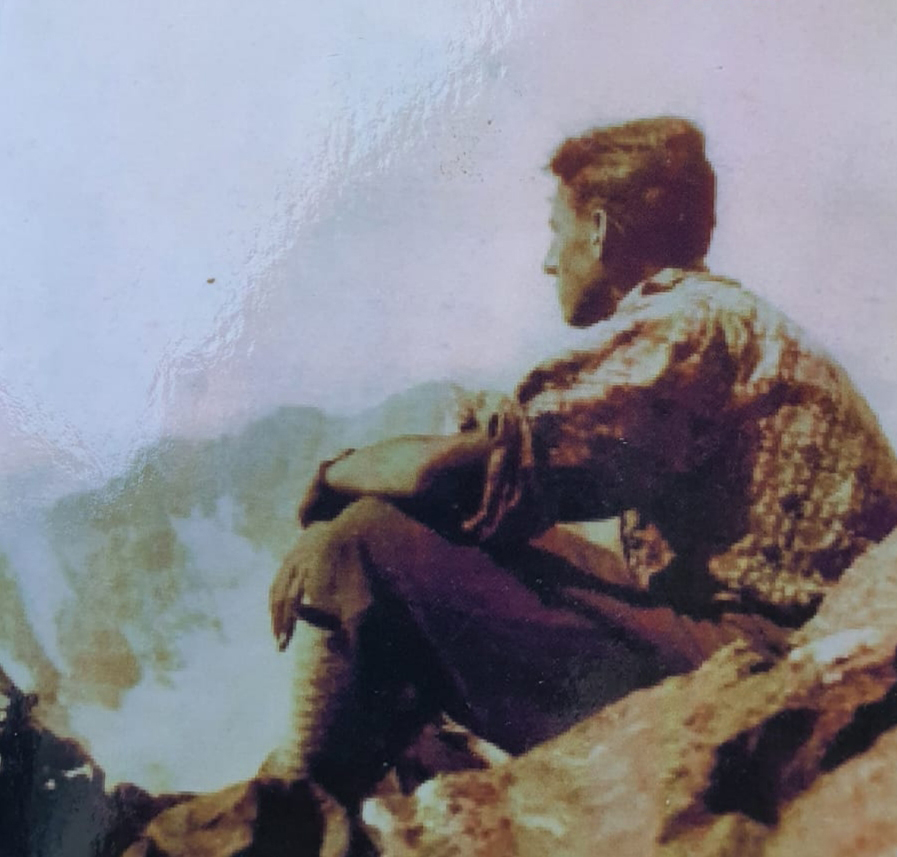
Benuzzi managed to organize an escape from the prison camp with two other companions to climb Mount Kenya, braving the jungle, little and inadequate equipment, hunger and an altitude of more than 5000 m, just to return to imprisonment in the prisoner camp from which they had escaped, without being noticed, but with the great reward of having enjoyed days of complete freedom.
His objective was accomplished and once back in the prison camp, he immediately began to write the book of his adventure “No Picnic on Mount Kenya”… He turned the memories of unique images he had experienced during the escape, into beautiful watercolours painted at his return to captivity.
In 1946 he returned to Italy. He then joined the Italian diplomatic service in 1948, serving in difficult places, without stopping to write and, while traveling around the world – this time with a camera – and climbing mayor mountains, he produced a photographic archive of more than 7,000 images. They describe mountains little explored between the years 1950 and 1988, when they were still not invaded by tourism.
He achieved success in his profession, reaching the position of Ambassador and later Head of the Italian Delegation of the Antarctic Treaty, making it possible for Italy to be part of Antarctica. He was one of the initial guarantors of the international association in defense of mountains called Mountain Wilderness. He passed away in 1988 in Rome, Italy.
His life was that of a dreamer, traveller and man of culture.
